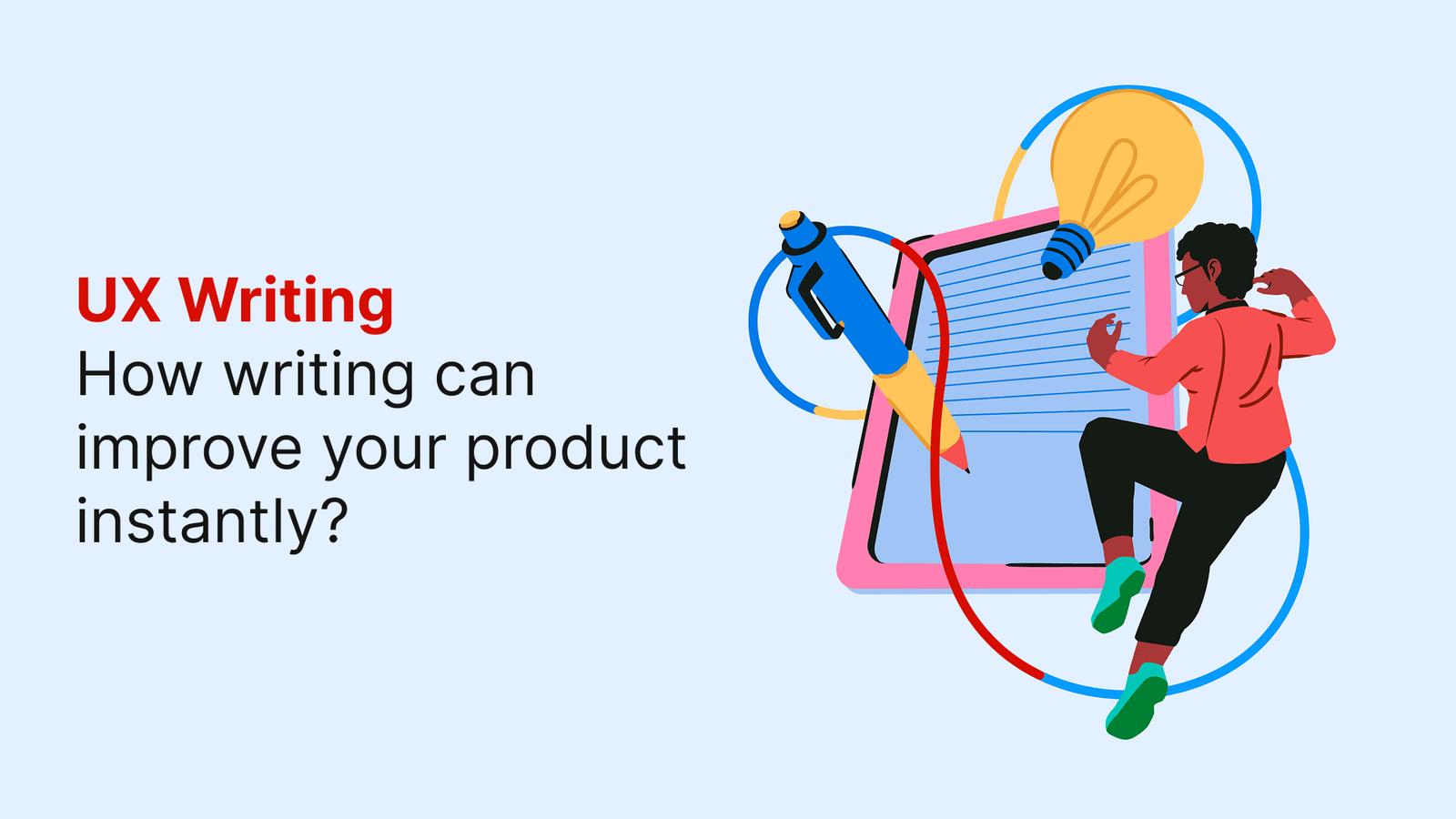In the competitive landscape of e-commerce, providing an exceptional user experience (UX) is paramount for attracting and retaining customers. However, even the most well-intentioned e-commerce platforms can fall victim to common UX pitfalls that hinder conversions and frustrate users. In this guide, we’ll explore 10 common mistakes in e-commerce UX and provide actionable solutions to address them.
Confusing Navigation:
Confusing navigation can make it difficult for users to find what they’re looking for, leading to frustration and high bounce rates. To improve navigation, simplify menu structures, use clear labels, and provide search functionality with predictive suggestions. Case Study: Shopify’s intuitive navigation makes it easy for users to navigate through their platform, with clearly labeled categories and a user-friendly search bar.
Inconsistent Design Elements:
Inconsistent design elements can create a disjointed user experience and undermine brand cohesion. To maintain consistency, establish brand guidelines for colors, fonts, and UI elements, and ensure adherence across all pages and touchpoints. Case Study: Coca-Cola maintains brand consistency across its various digital platforms, with uniform design elements and messaging that reinforce its brand identity.
Limited Product Images:
Providing limited product images can leave users with unanswered questions about products, leading to hesitation and abandonment. To address this, offer a comprehensive gallery of product images, including close-ups, lifestyle shots, and videos where applicable. Case Study: IKEA provides multiple images for each product, showcasing different angles, sizes, and uses to help users visualize the product in their own space.
Bad Product Images:
Low-quality or insufficient product images can hinder users’ ability to make informed purchasing decisions. To enhance product images, invest in high-resolution photography, provide multiple angles, and enable zoom functionality. Case Study: Warby Parker’s e-commerce platform features high-quality product images with multiple views, allowing customers to inspect frames from every angle before making a purchase.
Ignoring Usability:
Ignoring usability principles can result in frustration and confusion for users. Poorly designed interfaces, cluttered layouts, and non-intuitive interactions can drive users away. To improve usability, conduct usability testing with real users, identify pain points, and iterate on design improvements. Case Study: Amazon’s relentless focus on usability has contributed to its dominance in the e-commerce space, with a user-friendly interface that prioritizes simplicity and ease of use.
Complicated Checkout:
A complicated checkout process is a surefire way to lose potential customers. Lengthy forms, unnecessary steps, and confusing interfaces can lead to cart abandonment. To fix this, streamline the checkout process by minimizing form fields, offering guest checkout options, and providing clear progress indicators. Case Study: According to a study by Baymard Institute, simplifying the checkout process can reduce cart abandonment rates by as much as 35%.
Insufficient Payment Methods:
Limiting payment options can deter potential customers who prefer alternative payment methods. To cater to diverse preferences, offer a variety of payment options, including credit cards, PayPal, Apple Pay, and more. Case Study: Etsy expanded its payment options to include Apple Pay, Google Pay, and PayPal, resulting in a 10% increase in completed transactions.
No Contact Information:
Failing to provide contact information can erode trust and credibility with users. If users have questions or encounter issues, they should have easy access to contact information for support. To rectify this, prominently display contact information, including email addresses, phone numbers, and live chat options. Case Study: ASOS includes contact information in the footer of every page on their website, making it easy for users to reach out for assistance.
Poor Customer Service:
Poor customer service can tarnish the overall user experience and damage your brand reputation. Slow response times, unhelpful support agents, and lack of support channels can leave customers feeling frustrated and neglected. To enhance customer service, invest in responsive support channels, train support staff effectively, and prioritize customer satisfaction. Case Study: Zappos is renowned for its exceptional customer service, offering 24/7 support and a generous return policy, which has helped build a loyal customer base.
In the fiercely competitive world of e-commerce, delivering an exceptional user experience is essential for success. By avoiding common mistakes such as complicated checkout processes, ignoring usability principles, and providing poor customer service, e-commerce platforms can enhance user satisfaction, drive conversions, and build brand loyalty. By implementing the solutions outlined in this guide and learning from successful case studies, e-commerce businesses can optimize their UX and stay ahead of the competition.
FAQs
Why is UX important in e-commerce?
UX directly impacts customer satisfaction, conversions, and brand loyalty in online shopping experiences.
What’s the impact of a complicated checkout?
Complicated checkouts lead to increased cart abandonment rates and loss of potential customers.
How can e-commerce platforms improve usability?
By conducting usability testing, identifying pain points, and iterating on design improvements.
Why is customer service crucial in e-commerce?
Good customer service enhances user experience, builds trust, and fosters brand loyalty.
What’s the consequence of confusing navigation?
Confusing navigation frustrates users and leads to high bounce rates.
Why is it important to provide contact information?
Contact information builds trust and allows users to seek assistance when needed.
How can limited product images impact sales?
Limited product images can leave users with unanswered questions and lead to hesitation in making a purchase.




